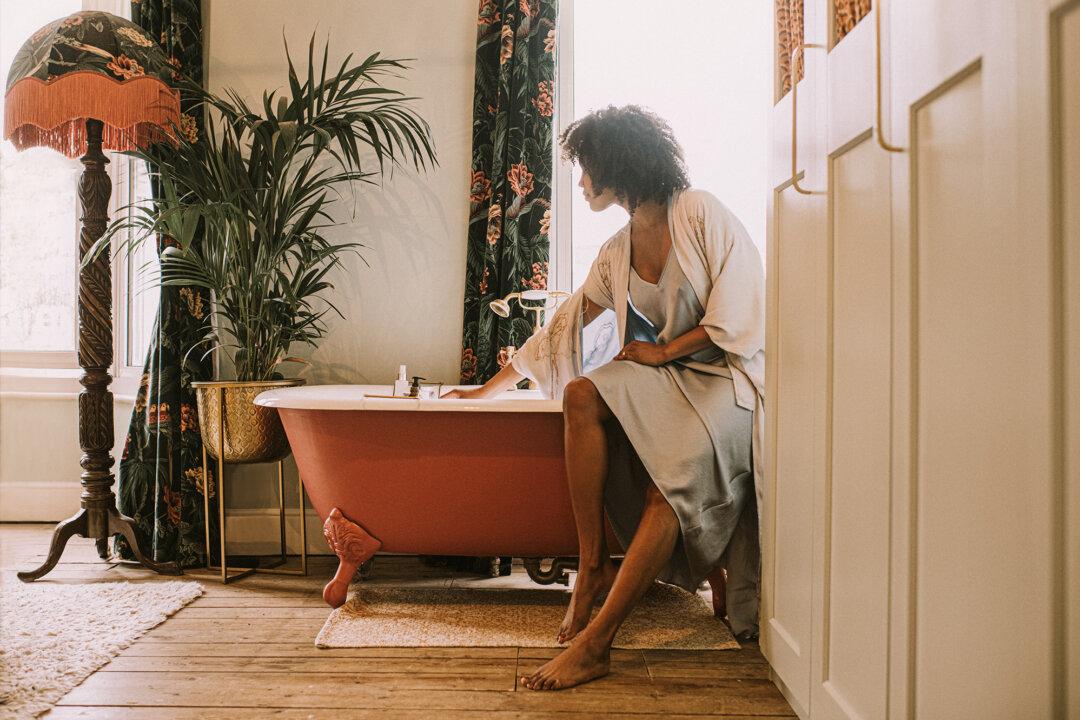With more than 10,000 types, there’s a succulent for every situation, from desert backyards to an office desk and just about every locale in between. As they are naturally found in and adapted to dry, arid environments, they are extremely drought-resistant and require only minimal watering, making them a great choice for someone with an extremely busy schedule or those who travel a lot.
In fact, the main things that can harm succulents are overwatering and planting them in overly rich soil that can become easily waterlogged. A sandy, well-drained soil mix is ideal, which is why they are a popular choice in southwest landscapes. For those in other locations, such as rainy, humid Florida, where winters are warm enough for outdoor growth, the soil either needs to be amended or it may be easier to grow them in containers.





